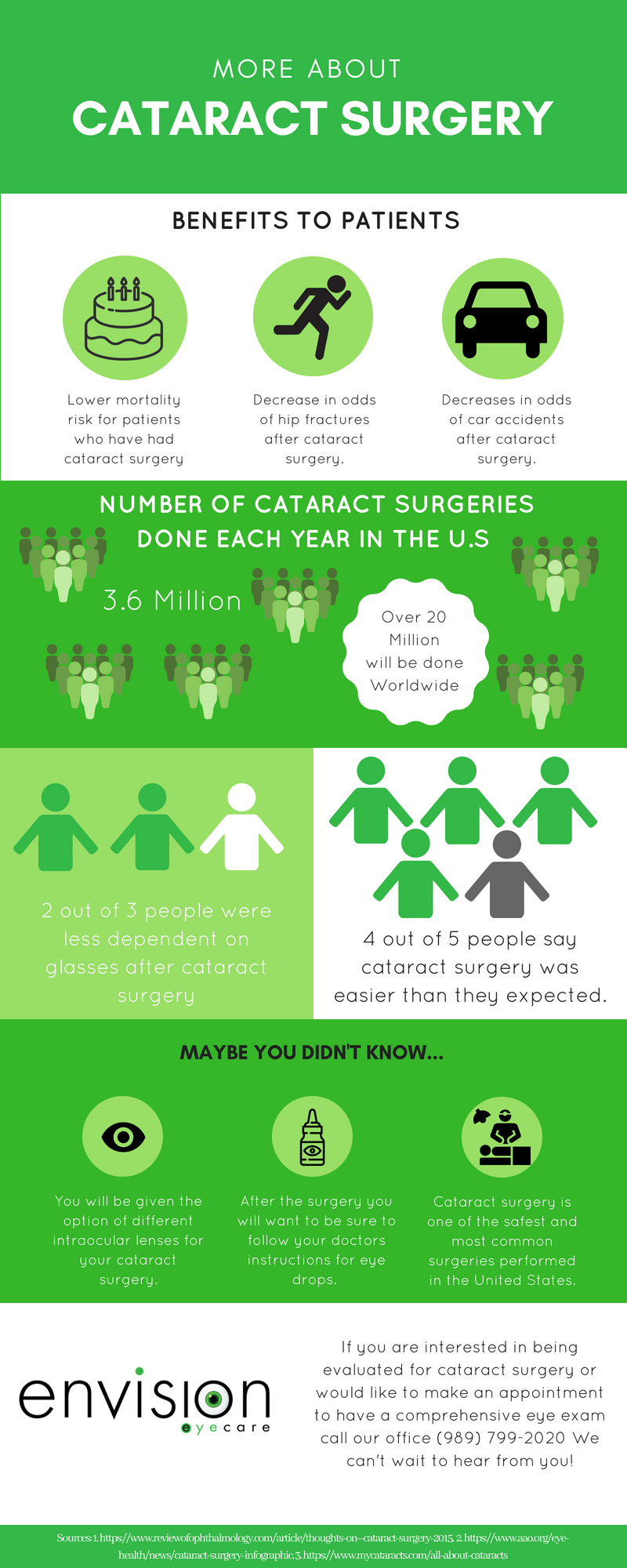Just How Does SMILE Eye Surgery Contrast To LASIK And PRK?
Just How Does SMILE Eye Surgery Contrast To LASIK And PRK?
Blog Article
Uploaded By-Dreyer Wilder
If you have actually been considering SMILE eye surgical treatment, you may question how it compares to LASIK and PRK. Each procedure has its very own collection of benefits and considerations. From quicker recuperation times to possible threats, there are crucial differences you must recognize before deciding. Understanding these differences will help you make an informed option that aligns with your particular requirements and assumptions. Interested to understand even more concerning exactly how these procedures contrast thoroughly? Continue exploring to gain a detailed understanding of SMILE, LASIK, and PRK.
SMILE Eye Surgical Treatment Summary
If you're thinking about SMILE eye surgical procedure, you'll locate it to be a minimally invasive procedure with a quick healing time. During cataract surgery is laser better (Little Incision Lenticule Removal), a laser is made use of to create a tiny, accurate incision in the cornea to eliminate a small item of cells, reshaping it to correct your vision. This differs from LASIK, where a flap is created, and PRK, where the outer layer of the cornea is totally gotten rid of.
One of the crucial advantages of SMILE is its minimally invasive nature, bring about a faster healing procedure and less discomfort post-surgery. The recuperation time for SMILE is reasonably quick, with several clients experiencing enhanced vision within a day or 2. This makes it a popular selection for those looking for a practical and efficient vision improvement procedure. Furthermore, SMILE has been shown to have a lower risk of completely dry eye syndrome contrasted to LASIK, making it a beneficial choice for individuals worried regarding this potential negative effects.
Distinctions Between SMILE, LASIK, and PRK
When comparing SMILE, LASIK, and PRK eye surgeries, it is very important to comprehend the distinct methods made use of in each treatment for vision modification.
SMILE (Little Cut Lenticule Removal) is a minimally intrusive treatment that involves producing a tiny laceration to draw out a lenticule from the cornea, reshaping it to remedy vision.
LASIK (Laser-Assisted In Situ Keratomileusis) includes developing a slim flap on the cornea, utilizing a laser to improve the underlying cells, and then rearranging the flap.
PRK (Photorefractive Keratectomy) gets rid of the outer layer of the cornea prior to reshaping the tissue with a laser.
The major difference hinges on the way the cornea is accessed and dealt with. SMILE is flapless, making it an excellent choice for individuals with thin corneas or those involved in call sports. LASIK supplies fast aesthetic recovery due to the flap development, however it may posture a higher risk of flap-related issues. PRK, although having a longer recovery period, avoids flap-related issues completely.
Recognizing these variances is vital in selecting the most suitable procedure for your vision modification demands.
Advantages And Disadvantages Comparison
To examine the benefits and disadvantages of SMILE, LASIK, and PRK eye surgical treatments, it's essential to take into consideration the specific benefits and prospective limitations of each procedure. SMILE surgical treatment provides the benefit of a minimally invasive treatment, with a smaller sized laceration and possibly quicker healing time contrasted to LASIK and PRK. It also decreases the danger of dry eye post-surgery, a typical negative effects of LASIK. Nonetheless, SMILE may have constraints in dealing with greater degrees of nearsightedness or astigmatism contrasted to LASIK.
LASIK surgery gives fast visual healing and minimal discomfort during the treatment. It's extremely efficient in dealing with a wide variety of refractive errors, including myopia, hyperopia, and astigmatism. Yet, LASIK brings a threat of flap issues, which can impact the corneal structure.
PRK eye surgery, while not as preferred as LASIK, stays clear of creating a corneal flap, lowering the threat of flap-related problems. It's suitable for people with thin corneas or irregular corneal surfaces. Nonetheless, cataract surgery at 30 has a longer healing time and might include extra discomfort throughout the recovery procedure.
Conclusion
So, when it involves selecting between SMILE, LASIK, and PRK, think about it like selecting the best pair of shoes. SMILE resembles a streamlined, comfy pair of tennis shoes - quick and easy.
LASIK is more like fashionable high heels - showy and quick, however with some potential dangers.
PRK resembles strong hiking boots - dependable and long lasting, however calling for a little bit even more effort and time.
Eventually, the best choice depends upon your private demands and choices.
